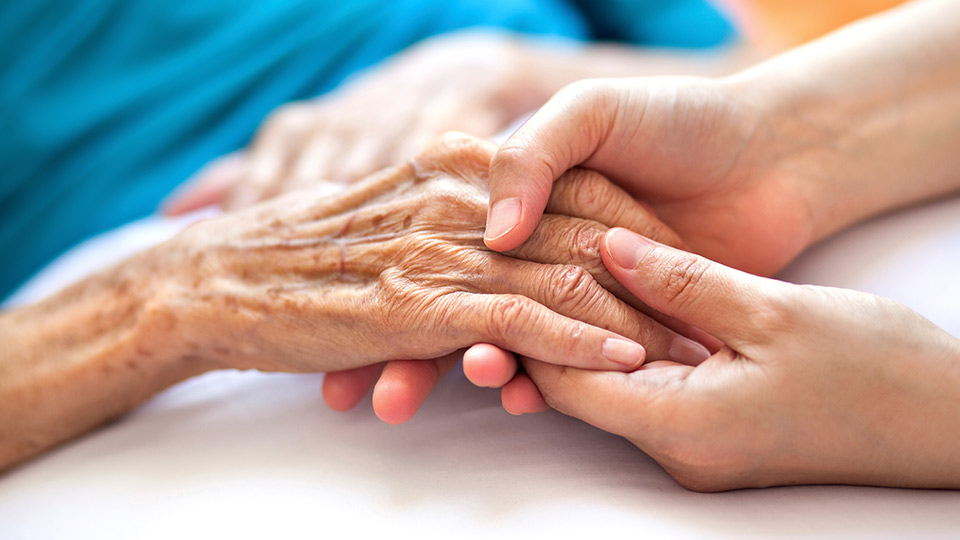7 Nov 2019
How hypothetical designs can help us think through our conversations about euthanasia
Belgian Paralympic athlete Marieke Vervoort revealed two years ago that in 2008, she had been approved to receive euthanasia.
The Paralympian was an accomplished wheelchair racer, having won gold and silver at the London 2012 Paralympics, and silver and bronze at the 2016 Rio Games.
However, she suffered from an incurable degenerative muscle disease that caused constant pain, seizures, and in Vervoort’s case, paralysis in her legs.
In October 2019, Vervoort made the decision to end her life through euthanasia at the age of 40.
Euthanasia remains a controversial medical procedure. Euthanasia is when a person makes a conscious decision to die, and asks for help in doing so.
This might be receiving a doctor or other person to help them. It’s different from assisted suicide, where someone assists a person in taking their own life but the final deed is still done by the individual.
While some proponents, like Vervoort, argue that it can ease suffering, and give a person agency over their own life, others argue that euthanasia is unnatural, and is difficult to properly control – especially in the case of patients who might not be able to fully consent.
Marije de Haas, a lecturer and designer in the School of Design and Creative Arts, discusses how hypothetical designs can help us think through our conversations about euthanasia in the Conversation. Read the full article here.















